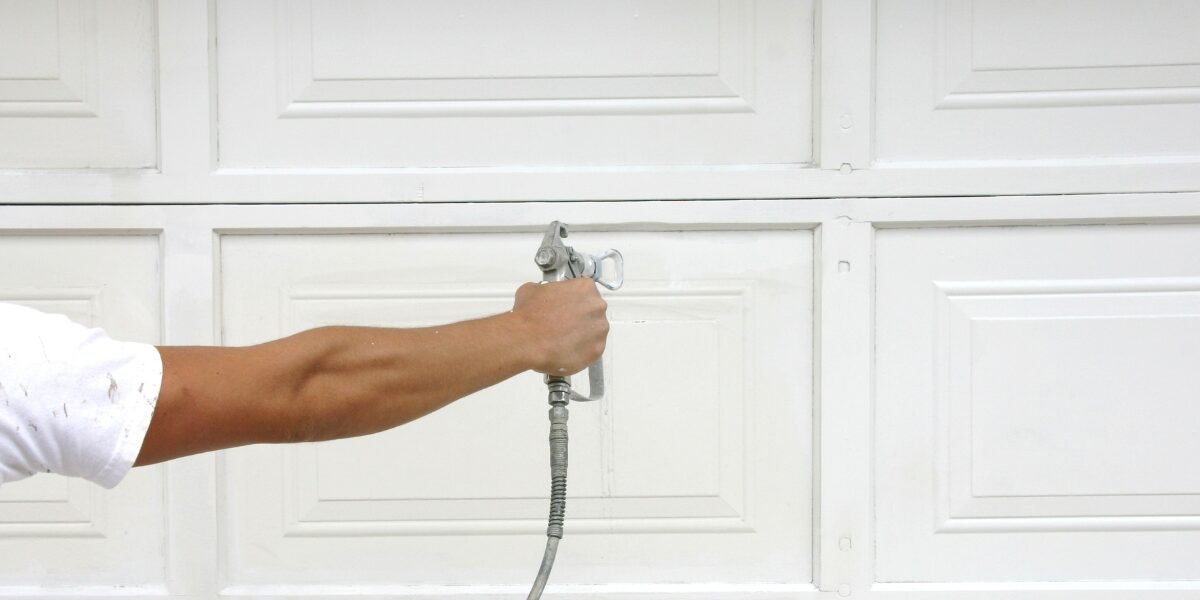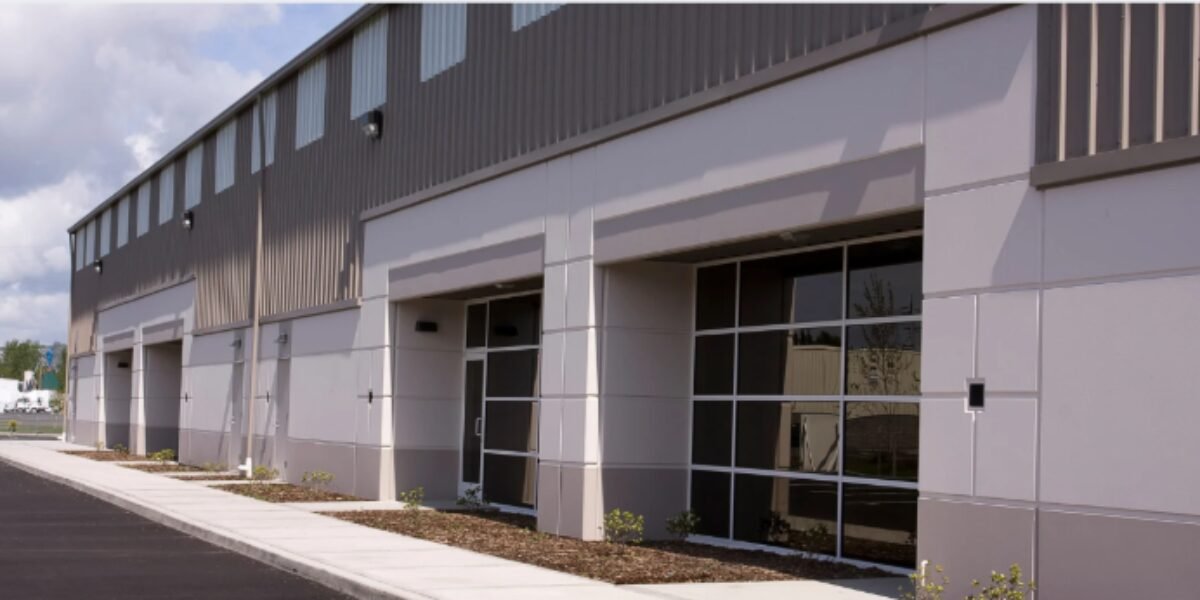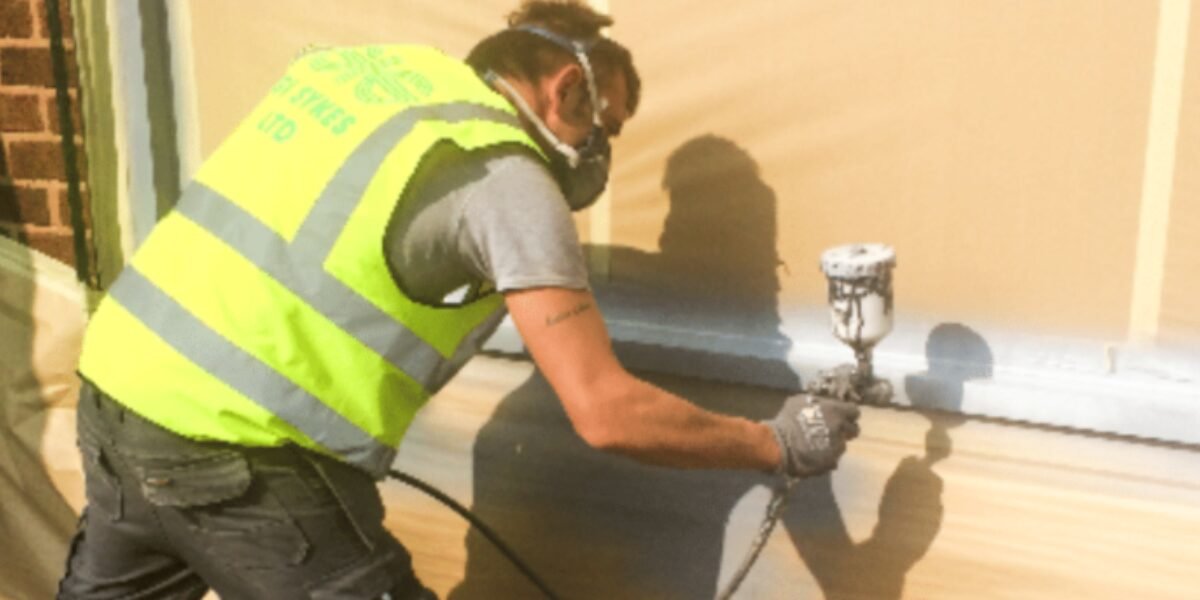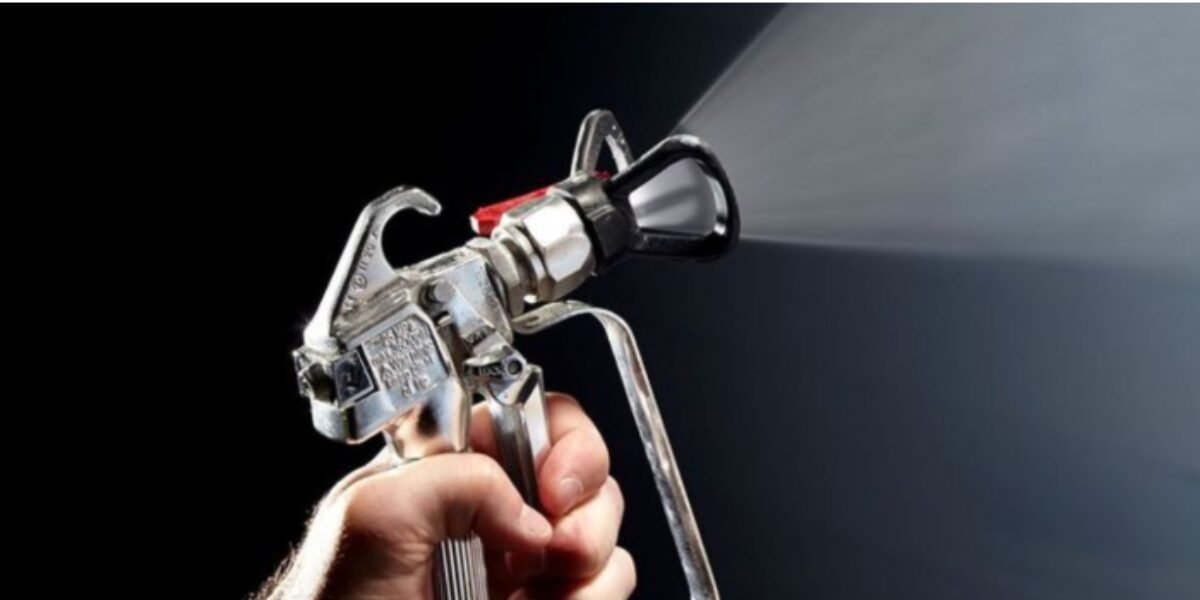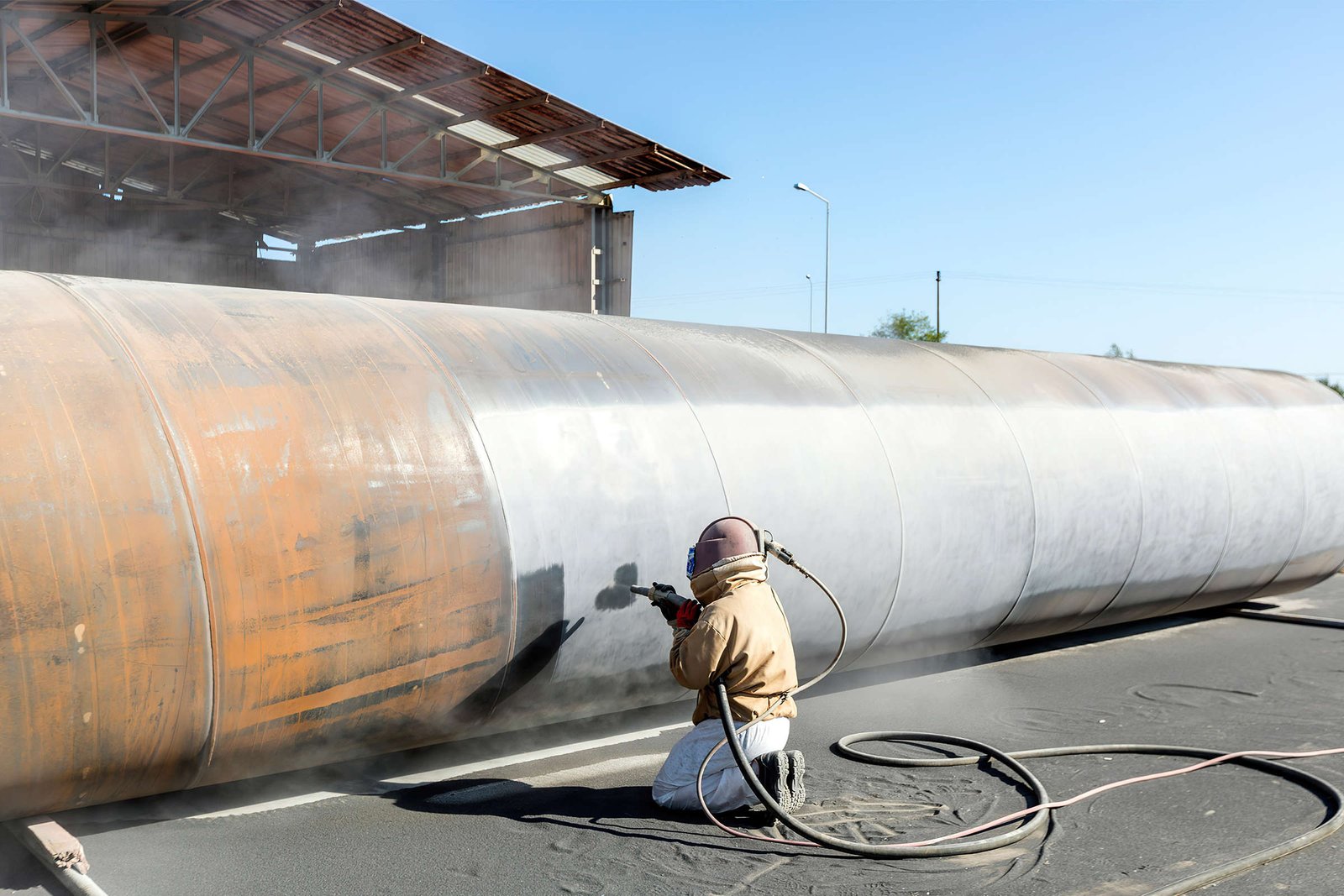The Evolution of Commercial Painting: From Traditional Brushes to Advanced Spray Technologies
Introduction
From the very beginning, commercial painting has been an integral part of maintaining and beautifying our built environments. Traditionally, this task was accomplished with brushes and rollers, methods that have been used for centuries. These tools, while effective for smaller projects or detailing, often fall short in efficiency and uniformity when applied to large commercial spaces. In recent years, there has been a significant shift towards using advanced spray technologies. This transition not only heralds a new era in painting techniques but also represents the broader evolution of the industry towards embracing innovation for enhanced efficiency and outcomes.
The Roots of Commercial Painting
The story of commercial painting begins with the humble brush. For years, brushes of all sizes, along with rollers, have been the mainstay in applications ranging from small retail spaces to large warehouses. These traditional tools required skilled artisans to achieve a high-quality finish, with countless hours spent on painstakingly covering large areas or intricate details.

However, these methods come with their own set of challenges. The time and labour involved in brush and roller painting are substantial, making large-scale commercial painting projects time-consuming and costly. Moreover, achieving consistency and uniformity across vast surfaces poses a significant challenge, often resulting in imperfections that can impair the overall aesthetic and protective quality of the paintwork. Brush strokes and roller marks can also detract from the finish, whereas environmental factors such as wind and dust can further compromise the quality of the application.
The Rise of Spray Technology in Painting
The advent of spray technology in painting marked a pivotal moment in the history of commercial painting. This method, which employs pressurized air to atomize and spray paint onto surfaces, offers a myriad of advantages over traditional brushes and rollers.
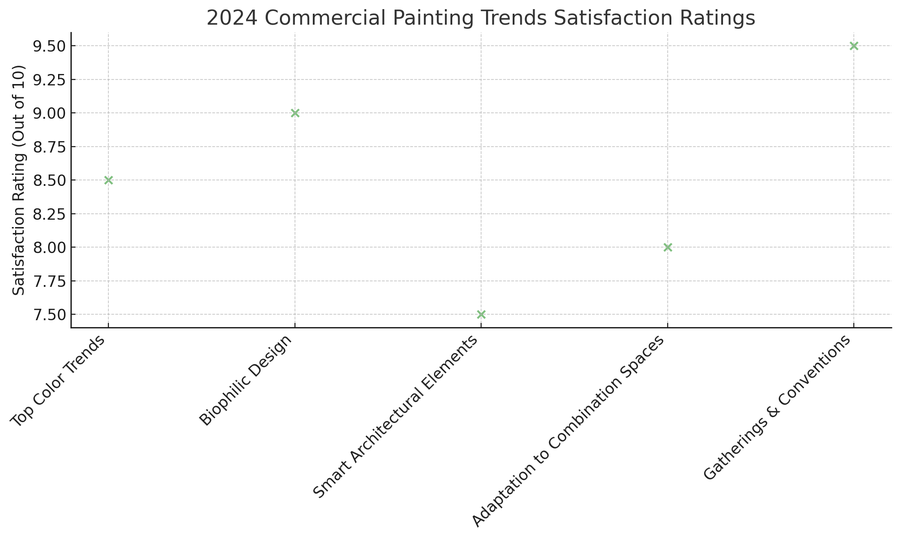
Firstly, spray technology significantly enhances efficiency. It allows for the rapid coverage of large areas, reducing labour hours and the overall time required to complete projects. This is particularly advantageous in commercial settings where minimising downtime is crucial. Quality also sees a marked improvement; spray applications provide a smooth, even coat devoid of brush strokes or roller marks, ensuring a superior finish. Additionally, spray technology facilitates versatility, enabling the application of various paint types and textures and the ability to easily access hard-to-reach areas. The net result is a painting method that not only saves time and money but also elevates the quality of commercial paint jobs to new heights.
Technological Advancements and Innovations
Over the years, spray technology has seen significant advancements, driven by the quest for greater efficiency, sustainability, and quality. Innovations in this space range from high-volume, low-pressure (HVLP) systems that reduce overspray and waste, to electrostatic spray painting that enhances paint adhesion and minimises paint usage. These technological leaps contribute significantly to the sustainability efforts of the industry, by reducing waste and ensuring more of the paint ends up on the intended surface.
Moreover, advancements in automation and robotics have begun to find their way into commercial painting. Automated spray systems can tirelessly paint large areas with precision, further improving efficiency and reducing the need for rework. These innovations not only push the boundaries of what’s possible in commercial painting but also underscore the industry’s commitment to adopting eco-friendly practices and reducing the environmental impact of painting operations.
Real-World Applications and Case Studies
Across the globe, countless commercial entities have reaped the benefits of advanced spray technologies. From vast warehouse complexes to sleek office spaces, the transformation achieved through spray painting is evident in both aesthetics and longevity.

Real-world applications showcase not only the visual enhancement but also the protective qualities that advanced spray technologies afford commercial properties. Case studies from the retail sector to large industrial complexes highlight the efficiency gains, with projects completed in a fraction of the time traditionally required. Moreover, these case studies underscore the enhanced durability and wear resistance provided by modern paint formulations when applied with advanced spray technologies, ensuring that commercial spaces not only look better but are also better protected against wear and environmental factors.
Overcoming Challenges with Modern Solutions
Despite the clear advantages, the transition to spray technology is not without its challenges. Concerns regarding the initial investment in equipment and training can be significant barriers. However, the long-term savings in time and materials, coupled with the superior results, overwhelmingly justify the upfront costs.
For those looking to explore further, our FAQs on Spraypainting provide a wealth of information, addressing common queries and misconceptions about spray painting technologies. Here, interested parties can find insights into the innovations in commercial painting, ensuring they are well-informed to make the transition to these modern methods.
Through continuous innovation and a commitment to excellence, spray technology has significantly altered the landscape of commercial painting, promising an even brighter future as new advancements emerge.
Conclusion
The evolution from traditional brushes to advanced spray technologies marks a significant milestone in the commercial painting industry. This journey, driven by the pursuit of efficiency, quality, and sustainability, has transformed not only the methods but also the outcomes of commercial painting projects.
As we look to the future, it’s clear that the journey of innovation is far from over. With new technologies on the horizon and a relentless pursuit of improvement, the commercial painting industry is poised for even greater advances. The ultimate beneficiaries of this evolution are the commercial entities themselves, enjoying superior aesthetic and protective qualities for their properties, achieved with unprecedented efficiency.
For more insights into modern painting techniques and the benefits they can bring to your commercial space, delve into our comprehensive guide on the subject, and discover how embracing these emerging technologies can transform your property.


